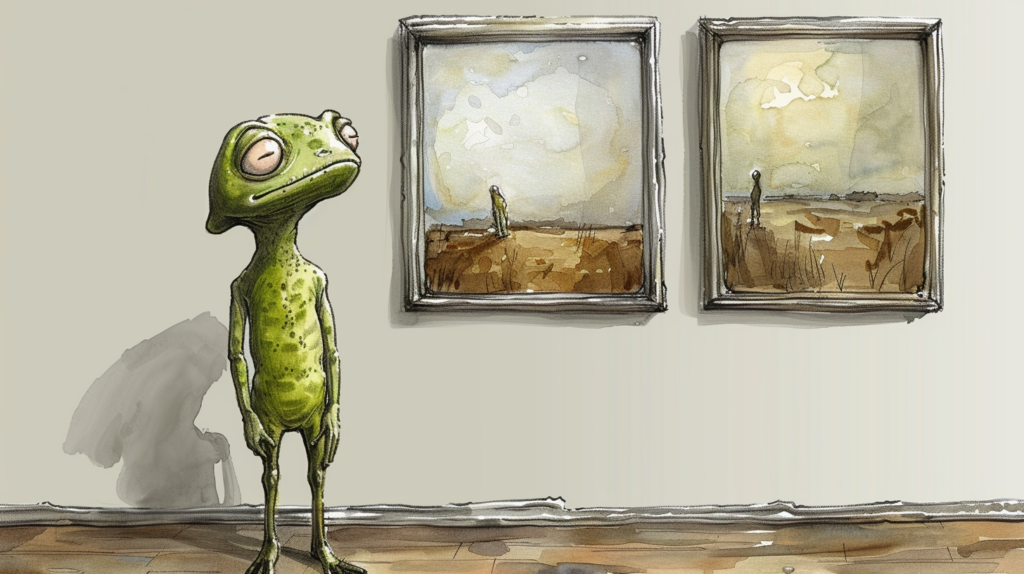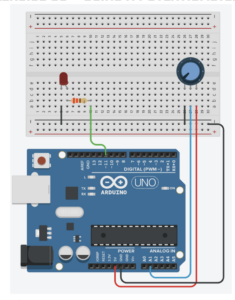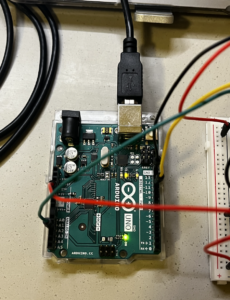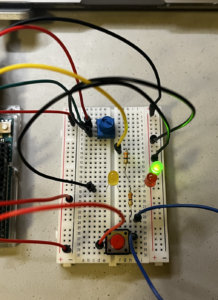Physical Computing’s Greatest Hits (and misses)
As I read about the common themes in physical computing, I was amazed by the variety of projects possible in this field. Each idea seemed to offer its own unique possibilities for creativity and learning.
One theme that particularly caught my attention was the concept of theremin-like instruments. As a musician myself, the idea of creating music through physical gestures rather than traditional methods intrigued me, especially considering the simplicity of the setup. However, I couldn’t help but wonder about the potential for incorporating more complex gestures or interactions to enhance the musical experience further. Another interesting theme was using video mirrors to reflect movements. While this sounded cool, I wondered if there were ways to make these projects more engaging beyond just reflecting movements. I was also intrigued by the idea of mechanical pixels, where small parts move to create artwork. It sounded challenging but exciting. I wondered how artists could use this technique to tell stories or convey emotions.
Overall, I was struck by the balance between simple and complex projects in physical computing. Some ideas were easy to understand, while others seemed more intricate. I’m excited to explore these concepts further and see what new ideas I can come up with!
Making Interactive Art: Set the Stage, Then Shut Up and Listen
Reading this article about making interactive art really changed how I see my role as an artist. Instead of just expressing myself, I now understand that my art can be a conversation with the people who experience it. I learned that I should set the stage for interaction without telling people what to think or do. It’s like creating a performance where the audience completes the work through their actions.
I realized that I tend to explain my art too much, which can limit how people engage with it. Now, I want to give the audience space to form their own interpretations. I’m curious about how I can use performance and interactivity to make my art more engaging. I think it’s important to listen to the audience’s reactions and learn from them to improve my future projects.
This article inspired me to take a more collaborative approach to my art. I want to create pieces that encourage people to participate and explore, while still conveying my message. I’m excited to experiment with new ideas and see how they resonate with viewers.




